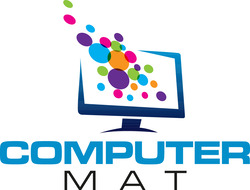Have you ever sat there and thought about the hardware that is in your computer, what it is, and what it does? Well, inside your computer, you have a storage device (hard drive), RAM (random access memory), motherboard (what all your internal components connect to), CPU (central processing unit), the brain of your computer, heatsink (that cools your CPU), PSU (power supply unit) , graphics card (outputs your video to your monitor or TV), and finally the case. These are all physical things that you can touch, unlike software.
Types of storage devices
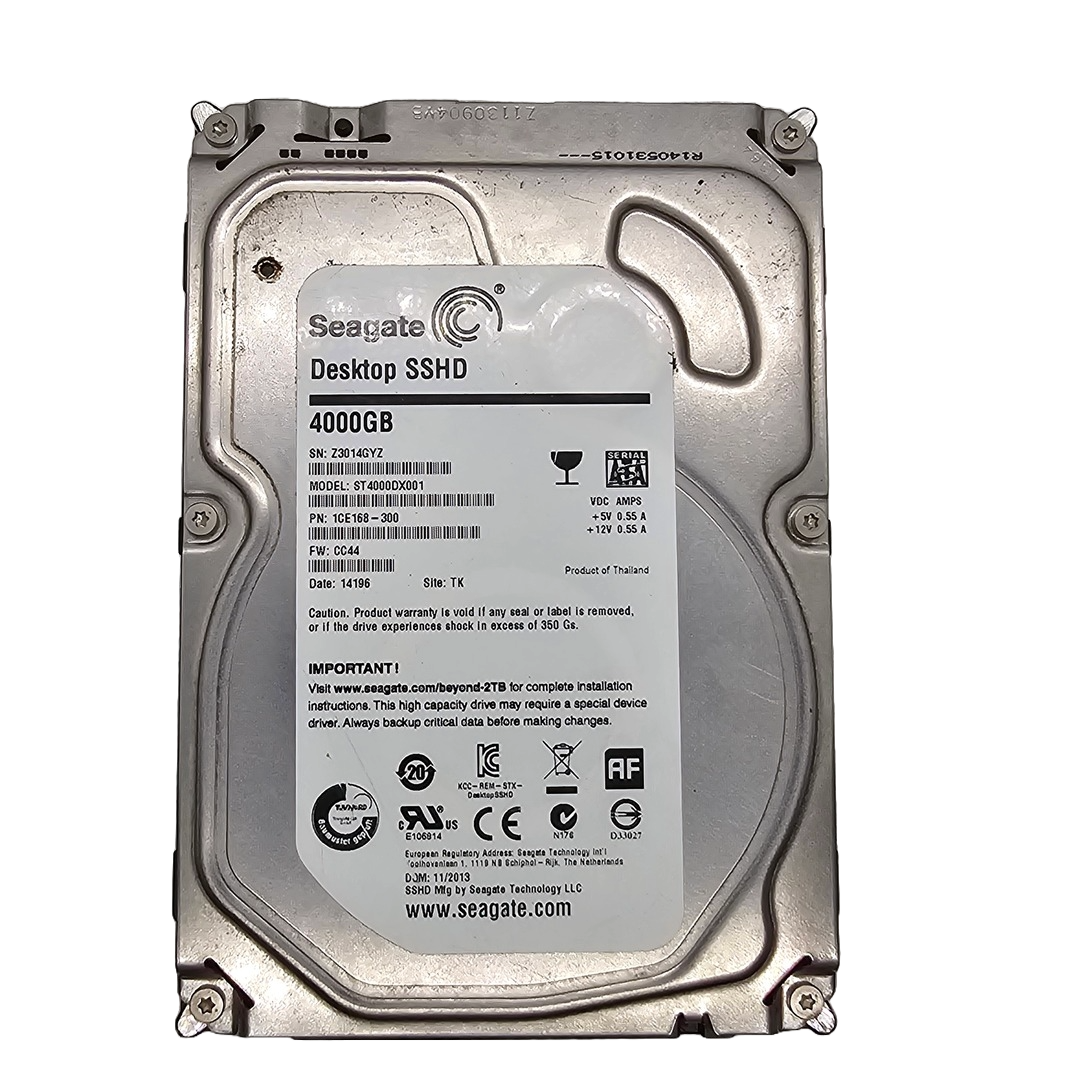
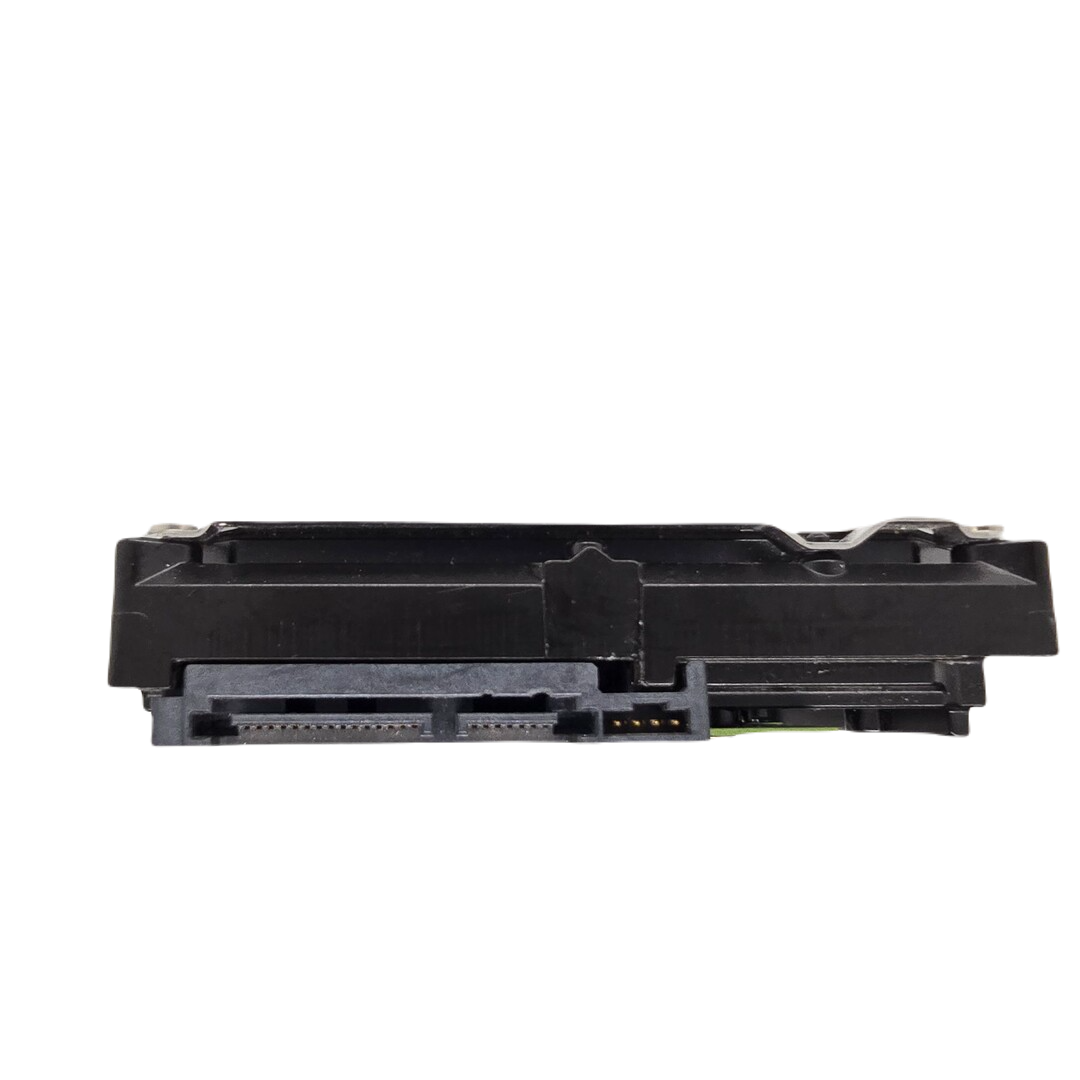
Magnetic drives: which have the old Molex (power supply connector; this connector is also used on fans), were big and clunky and also quite heavy, but they got the job done. The data cable that went from the HDD to the motherboard handled all the data. This cable is called a ribbon cable. You could also use a SATA, but it depends on how old the hard drive is.
SSD: solid slate drive. These drives are faster than magnetic drives as there are no moving parts; they are also thinner and lighter in weight. The connectors on this drive use a SATA cable for data transfer and a SATA power cable. I should point out that for every SATA cable used, only one cable goes into one SATA connector on the motherboard. There are generally quite a lot of SATA connectors on your motherboard, but this all depends on your motherboard.
NVME: Non-Volatile Memory Express. NVME is even faster than SSD; yeah, that’s right, even more speed. This device uses flash memory and doesn’t look like the other hard drives; it looks more like a RAM stick. The data speeds you get from this new type of hardware are amazing. If you were to put your operating system on this device, such as Windows or MAC, you would lower your boot time dramatically.
What is the CPU?
The CPU (central processing unit) is often referred to as the brain of the computer as it performs loads of calculations. The CPU is measured in gigahertz, like 2.3 GHz, for example. CPUs can have multiple cores, such as quad core (4 cores) or octa core (8 cores).
Let’s give a basic example of how the CPU works. When a computer gets an instruction, such as when we type the letter “a” on a computer, it cannot read the letter a; it would need to decode that instruction into its computer language, known as binary, Once it has done the decoding and understood what it needs, it will then process the instruction. I know what you’re thinking—how clever is it I didn’t know that all that happened behind the scenes.
Another very important part of a CPU is the cache. This is built into your chip. This can help speed up your computer and take some strain off your CPU, so let’s say you’re doing a repetitive task like coping data from a website to a word document, and you’re going to be doing it quite a lot.
Your computer would see that you need to minimize the browser (your choice, Edge, Chrome, or Firefox), and each time you clicked the minimize button, this was one instruction that could be preloaded to your cache, and it would stay in your cache to be reused instead of the instruction that needed to be sent to your CPU to be decoded.
When looking at getting a CPU for your computer, it is very important that you decide what you’re going to use the computer for. For daily tasks like using Word or browsing the internet, I would suggest something like an i3 just to be safe. For something where you would be doing video editing, you would definitely need something more powerful, like an i7 but I would suggest you look at the software requirements, which can be found on the manufacturer’s website.
What is RAM?
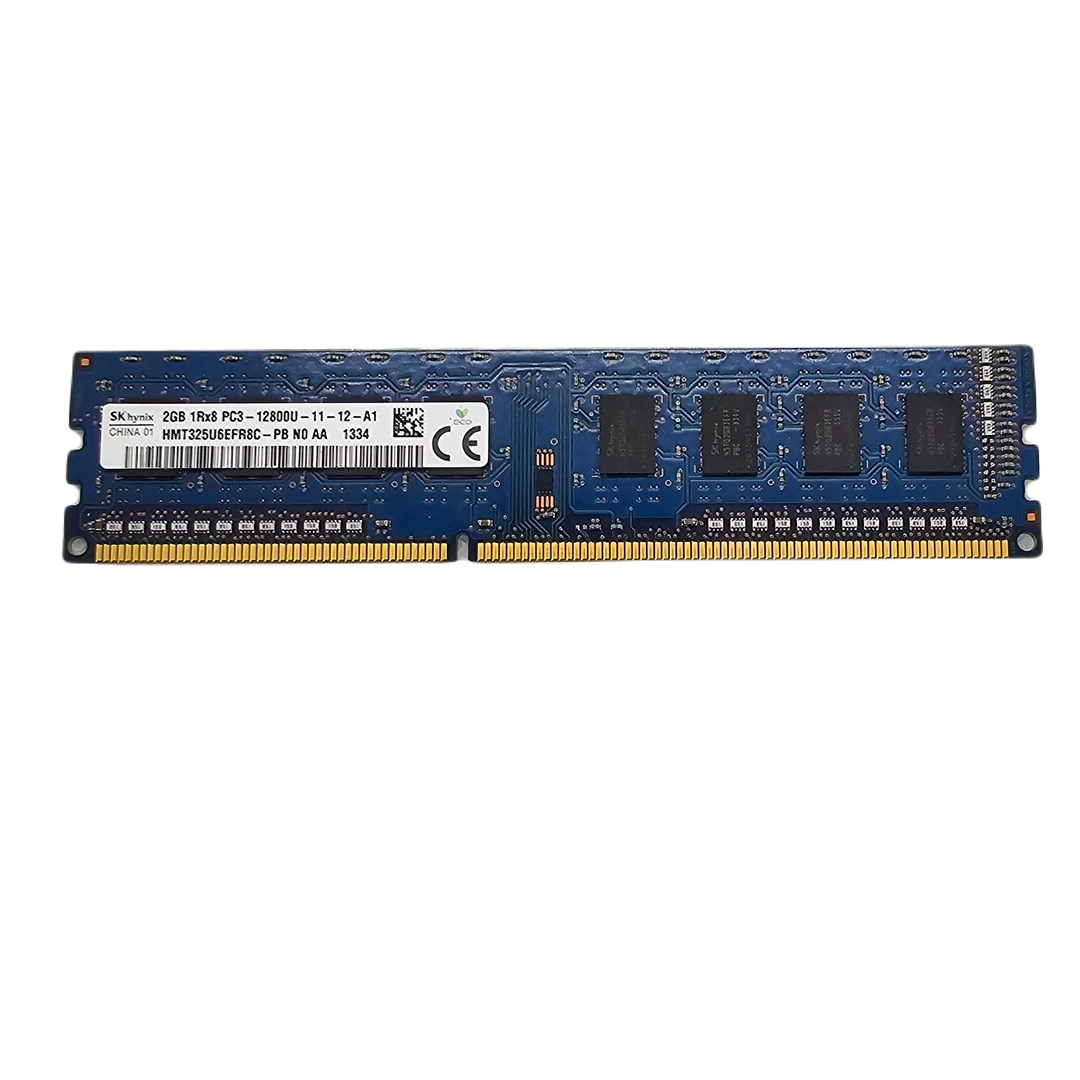
RAM: Random Access Memory; you may have heard of the term stick of RAM. There are memory modules that go into your computer, and they go into the DIMM slots (you could have four or more; it depends on your motherboard). Now you may be sitting there thinking about what RAM actually does. Well, the memory modules inside your computer—every piece of data that comes from your other hardware components—travel around your board by pathways and electricity and go into your RAM before actually getting to the CPU and will do the same route back.
The memory modules on your computer require being electronically charged to retain the information; this is called volatile memory. Once your computer is turned off, that’s it. The memory has no charge, and the data that is held will be wiped.
Having more random access memory in your PC lets you run multiple programs at the same time, so it is best to have slightly more than what is actually needed. I will give an example. The Windows 11 recommended requirements page says we need 4 GB (gigabytes) of RAM for Windows 11, and let’s say we are going to use Photoshop, which wants a minimum of 8 GB.
So, what we would do is add the 8 GB and the 4 GB together, so overall we would need 12 GB of memory, but we couldn’t go out and buy a 12 GB stick of memory because they don’t sell them. You can only buy RAM sticks in 4 GB, 8 GB, 16 GB, and 32 GB, so we would need to buy 16 GB of memory; otherwise, our computer wouldn’t run slowly,
When buying memory or RAM, let’s say we need 16 GB of memory and we have 4 DIMM slots on our motherboard. I wouldn’t suggest going out and buying a set of 4 x 4 GB from the same manufacturer because it just gives you the bare minimum for your PC, and it is always best to be futureproof. If you wanted to run another program as well as Photoshop and Windows, you would need more RAM as your PC would become really slow.
When installing memory into your motherboard, you cannot put the modules in any DIMM slot as your motherboard has to use a certain slot. To check this, please check the manufacturer’s website, as every motherboard is different.
What is the motherboard?
The motherboard is the board that all your hardware sits on; it also plays a vital role in what hardware you can attach to the board. The motherboard has an array of different connectors and slots. It has PCIE slots (for graphics cards, sound cards, network interface cards, etc.) and also has SATA connectors and m2 slots for your hard drives, your RAM slots (whatever version, such as DDR2, DD3, and DDR4), and it also plays a vital role in which processor you can have (intel or AMD). This all depends on the CPU socket; these are not changeable or upgradable.
You also need to check what power supply connectors you will need, such as the main 24/20 pin that powers the board, Your board will also need other power connectors, such as for the CPU, etc. On the board, you will have fan sockets, which are 4 pin and 3 pin can be overlaped, case panel connections (USB 3.0 and 2.0, type C, headphone jack, microphone jack, etc.), and last but not least, your back panel. This is where you would connect everything up, such as your external or built-in graphics card, USB’s for your keyboard, ethernet (RJ45), HDMI, and DIVI.
There are so many connections on your motherboard, but don’t let this frighten you; it’s all in the manual. I would suggest if you’re building a PC or upgrading an existing one to find out what exactly you need first; don’t just buy something for your board and think, Oh yeah, this will fit. If you need help checking if the parts are compatible, I suggest the website PC Part Picker.
Motherboards do come in different form factors, just like your PC case, you have a regular ATX (full-sized board 305mm by 244mm or 19 by 9.6 inches), a Micro ATX (244 by 244mm or 9.6 inches by 9.6 inches), and the smallest board you can get is called a Mini ITX (170 by 170mm or 6.7 by 6.7 inches). Don’t be fooled by its size; it’s still quite capable of doing nearly everything a standard PC can do; you just can’t upgrade as much as a normal sized board because of the room.
The heatsink
The heat sink is a cooler for your CPU because, when running your PC, the CPU can get very hot, especially under strenuous tasks. That’s why it’s very important to keep it cool; we wouldn’t want to damage the brain of the computer.
So how does it work? We have the CPU socket that the chip is sitting in, and then applied to the processor is a compound called thermal paste (very greasy; be careful not to get this on your clothes). You apply a thin layer to the processor.
Then, when the CPU heats up, the thermal paste draws the heat out of the chip, and the heat sink fans blow cold air down the pipes to cool the compound. The cycle happens consistently and is vital to keeping your computer running smoothly.
Heatsinks come in different sizes, such as height and width; they may also have one or more fans. You may also need something different than a standard cooler. For gamers, for example, I would suggest using a water cooler, which is used for more heavy use, but if you’re not doing anything highly demanding for your PC, I would suggest using a standard cooler. Please also double check that it will fit, as they all come in different shapes and sizes.
The case
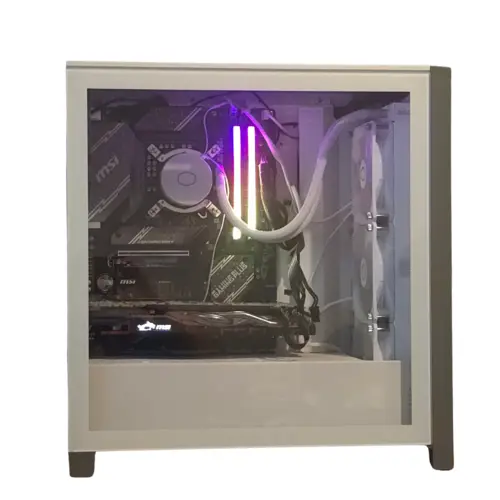
A big decision is the case. You will want a case that will give you plenty of room. So you have room to maneuver to connect everything up inside of your PC; having a tight space will make it quite difficult but not impossible (believe me, I’ve done it). The case can also give you some nice features, such as cable management (nobody wants wires all over the place). Another main feature is the air flow, which is precisely designed to pull cold air in and hot air out. This keeps your system cool.
Some cases also come with their own fans, or you can buy them from elsewhere. On the case as well, you have USB ports of type C and 3.0, as well as audio connectors. This all depends on the case, as everything varies from case to case.
Cases come in different forms factors:
full tower: The biggest case room for everything
Mid-tower: Has enough room to do everything but is slightly smaller.
Micro-ATX is still good for smaller computer builds but can be very compact.
Mini-ITX is great for saving space and is lighter than the other form factors.
